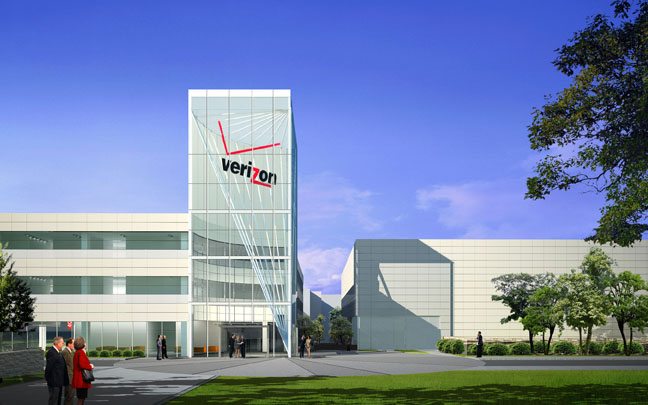Citing ongoing network trials, Verizon 5G testing is showing short-range network speeds in excess of 1 Gbps, with broader trials on tap
Verizon Communications may not have dazzled with its latest quarterly results, but the telecom operator noted in comments connected with the results it remains on track to be among the first domestic carriers to trial “5G” technologies.
As had been previously reported, Verizon is initially focusing on using the technology as a last-mile deployment of high-speed data services to the home, with support from installed fiber assets. Verizon President and CEO Lowell McAdam, speaking with investment analysts following release of its second quarter results, said the move is expected to provide a compelling broadband experience for customers at an attractive price point for the telecom operator.
“I think of 5G initially as, in effect, wireless fiber, which is wireless technology that can provide an enhanced broadband experience that could only previously be delivered with physical fiber to the customer,” McAdam said. “With wireless fiber the so called last mile can be a virtual connection, dramatically changing our cost structure.”
Verizon noted that lab tests have shown transmission speeds in excess of 1 gigabit per second, with ongoing field trials being used to investigate propagation characteristics of millimeter wave spectrum in real world conditions. Verizon also sees its pending acquisition of XO Communications as part of its overall 5G strategy based on the 28 GHz spectrum currently controlled by XO.
Digging into those trials, McAdam cited deployments in Dallas with Ericsson and Nokia, as well as work in New Jersey near Verizon’s headquarters and in parts of Virginia. Those trials are said to be producing the 1 Gbps speeds at a range of 500 yards or less “because of the confined space that we’ve got available to us,” McAdam explained.
“With that sort of speed we’ve been able to put up six ultra high definition TVs, six virtually reality units, numerous tablets, etc.,” McAdam said. “So and those services are only drawing in the 300 [megabits per second] to 400 [Mbps] of throughput. So lots of head room.”
Verizon is now moving those trials into a “field environment,” where it’s looking to cover a typical a 200 home development. That work is looking to test performance from sites at a distance of up to 1,000 meters.
“But again we’ve got to verify that,” McAdam warned. “We’re going to go into some rural environments to see whether that propagation changes based on demand. We’ll know a lot more as we go along.”
In terms of cost, McAdam said the carrier was looking at models showing deployments at roughly have the cost of current fiber-based Fios deployments to the home. Further cost savings tied to 5G plans are also expected to come from taking advantage of current small cell deployments tapping the carrier’s mid-band spectrum in order to increase capacity of its LTE network.
“But we’ll know a lot more as we finish these trials,” McAdam said. “And I fully expect that as we wrap these trials up, we’ll actually be bringing some analysts and some of media to the field to take a look at these deployments, so that you can judge for yourself.”
McAdam also downplayed skepticism that the carrier was moving too fast in terms of 5G deployments, seeing that standards bodies don’t expect a final outline for the technology until at least 2019, and more likely in 2020.
“But as we learned from our experience with 4G, being a first mover in developing the technology and nurturing the ecosystem is the best way to ensure that our customers benefit from its capabilities,” McAdam said, referencing the carrier’s early move to launch LTE in 2010 even though final standards had yet to be finalized.
Bored? Why not follow me on Twitter

